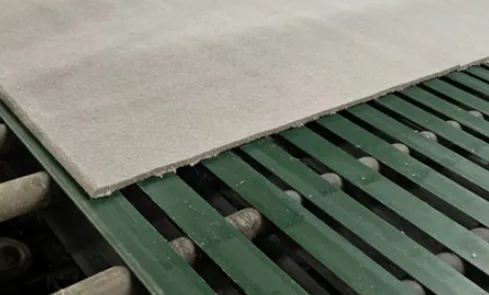- Afrikaans
- Albanian
- Amharic
- Arabic
- Armenian
- Azerbaijani
- Basque
- Belarusian
- Bengali
- Bosnian
- Bulgarian
- Catalan
- Cebuano
- Corsican
- Croatian
- Czech
- Danish
- Dutch
- English
- Esperanto
- Estonian
- French
- German
- Greek
- Hindi
- Indonesian
- irish
- Italian
- Japanese
- Korean
- Lao
- Malay
- Myanmar
- Norwegian
- Norwegian
- Polish
- Portuguese
- Romanian
- Russian
- Serbian
- Spanish
- Swedish
- Thai
- Turkish
- Ukrainian
- Uzbek
- Vietnamese
ruj . 11, 2024 00:52 Back to list
ceiling access doors and panels
Understanding Ceiling Access Doors and Panels
Ceiling access doors and panels are essential components in the construction and maintenance of buildings, providing safe and convenient access to vital infrastructure located above ceilings. These access points allow for easy inspection, maintenance, and repair of electrical wiring, plumbing, and HVAC systems without the need for invasive procedures that could disrupt the building's interior or impact its functionality.
Importance of Ceiling Access Doors
The primary purpose of ceiling access doors is to provide unobstructed access to hidden areas within a building. In commercial, industrial, and even residential settings, these doors are installed in ceilings to facilitate maintenance tasks. The ability to reach critical systems quickly can significantly reduce downtime, save on labor costs, and improve the overall efficiency of building operations.
Moreover, ceiling access doors contribute to safety. By allowing technicians to easily access potentially hazardous areas, these doors enable timely inspections and repairs that help prevent accidents and ensure compliance with safety regulations. In emergency situations, they can provide quick access to vital systems, which can be crucial for resolving issues swiftly.
Types of Ceiling Access Panels
Ceiling access panels come in various designs and materials to suit different applications. Some common types include
1. Insulated Access Panels These panels are designed to minimize heat loss in climates where energy efficiency is critical. They often feature a layer of insulation, making them ideal for use in ceilings that separate conditioned spaces from unconditioned spaces.
ceiling access doors and panels

2. Fire-Rated Access Panels In settings where fire safety is a concern, fire-rated access panels are required. These panels are constructed to resist the spread of flames and smoke, maintaining the integrity of fire-rated ceilings for a specified period.
3. Non-Fire-Rated Access Panels These panels are suitable for general access needs and are typically made from materials such as galvanized steel or plastic. They are commonly found in residential and commercial properties where fire safety is not a primary concern.
4. Flush Mount Panels For aesthetic purposes, flush mount panels are designed to blend seamlessly into the ceiling by being installed at the same level as the ceiling surface. This helps maintain the visual appeal of a space while still providing necessary access.
Installation and Maintenance Considerations
Proper installation of ceiling access doors is crucial to their functionality. It is essential to ensure they are securely fastened within the ceiling framework and that the surrounding area is sufficiently reinforced to support the door’s weight. Regular maintenance checks are also advised to ensure that access panels remain functional over time. This includes inspecting the hinges, locks, and seals to prevent any potential issues that may arise from wear and tear.
Conclusion
In summary, ceiling access doors and panels play a pivotal role in building design and maintenance, ensuring accessibility to critical infrastructure while promoting safety and efficiency. Whether for commercial or residential applications, selecting the right type of access panel based on specific needs and conditions is vital. As technology and building practices continue to evolve, the importance of these panels will remain crucial in developing functional, safe, and aesthetically pleasing spaces. The integration of appropriate ceiling access solutions contributes not only to operational efficiency but also to the long-term health of a building's infrastructure.
-
Transform Interiors with PVC Gypsum Ceiling: A Stylish, Durable, and Moisture-Resistant SolutionNewsMay.19,2025
-
The Smart Interior Upgrade: Discover the Durability and Versatility of Gypsum Ceiling Access Panel SolutionsNewsMay.19,2025
-
The Smart Choice for Interior Design: Discover the Value of PVC Gypsum Ceiling SolutionsNewsMay.19,2025
-
Mineral Fiber Ceiling Tiles: The Smart Blend of Performance and AestheticsNewsMay.19,2025
-
Mineral Fiber Ceiling Tiles: The Superior Choice Over Gypsum for Sound and Fire SafetyNewsMay.19,2025
-
Mineral Fiber Ceiling Tiles: Eco-Friendly Strength and Style for Every CeilingNewsMay.19,2025







